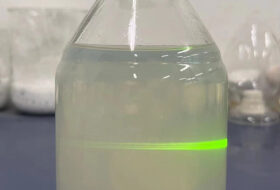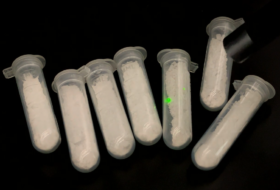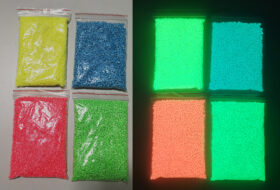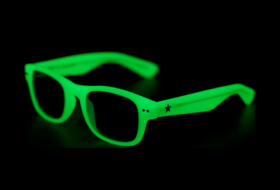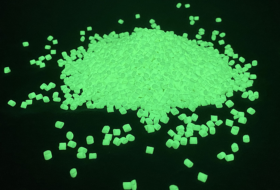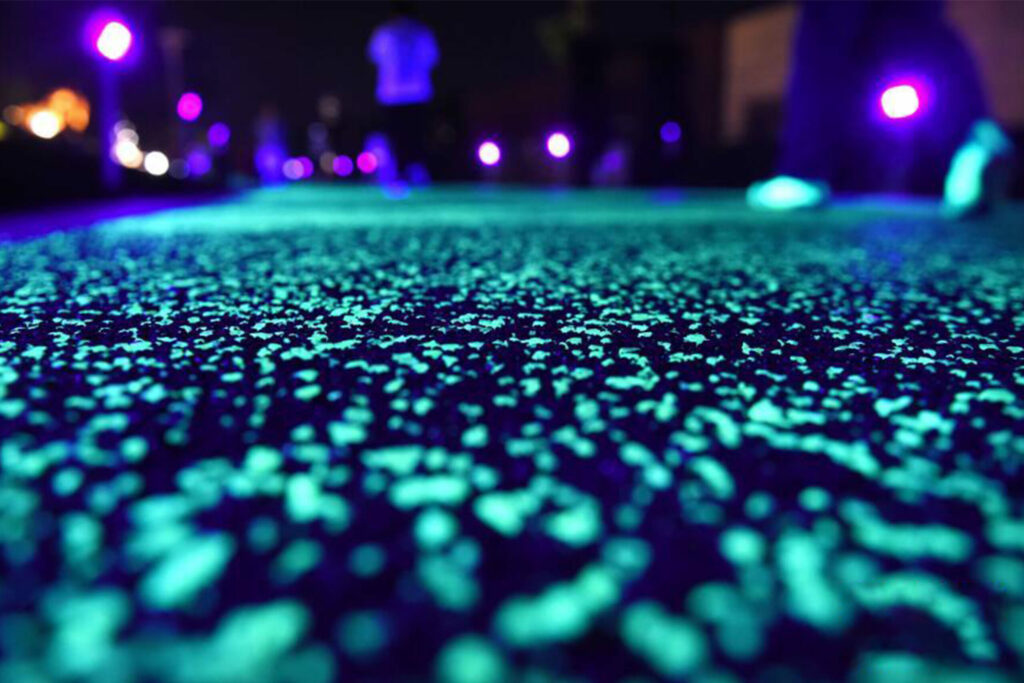
In 2014, in the picturesque town of Brabant, Netherlands—Vincent Van Gogh’s birthplace—a revolutionary bicycle path debuted, casting starlight underfoot. This path, drawing inspiration from the iconic “Starry Night” painting, is adorned with thousands of glow in the dark stones that, by day, absorb sunlight and by night, twinkle like celestial bodies. This enchanting glow in the dark pathway has captivated many, sparking increased inquiries into the project’s intricacies.
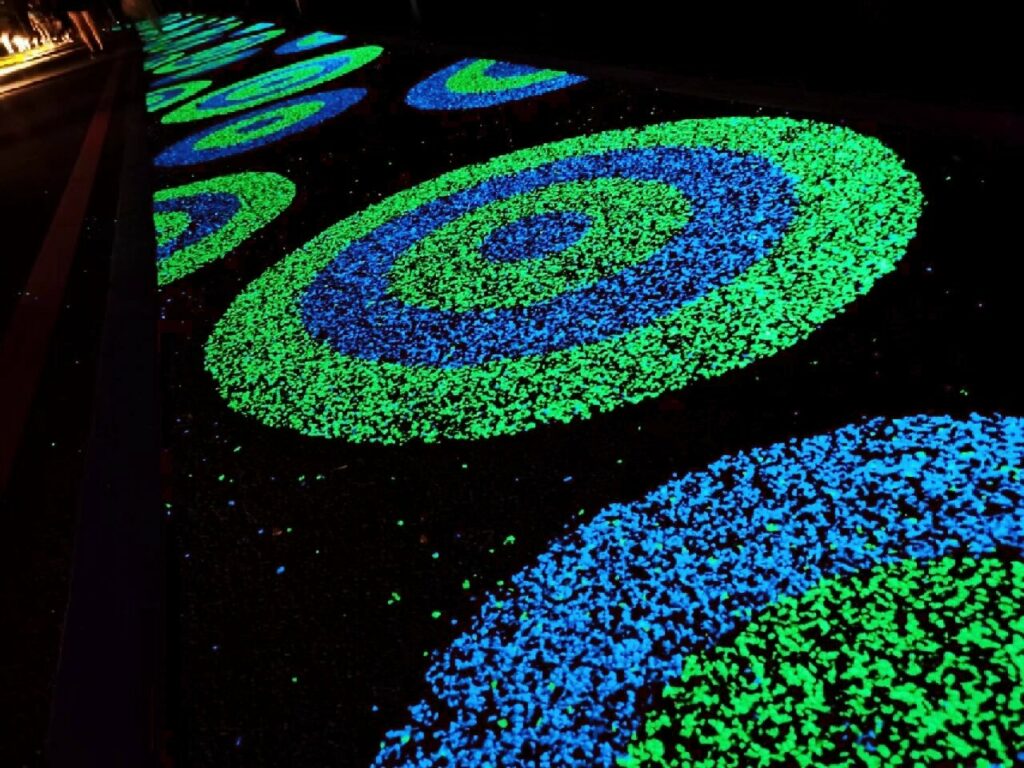
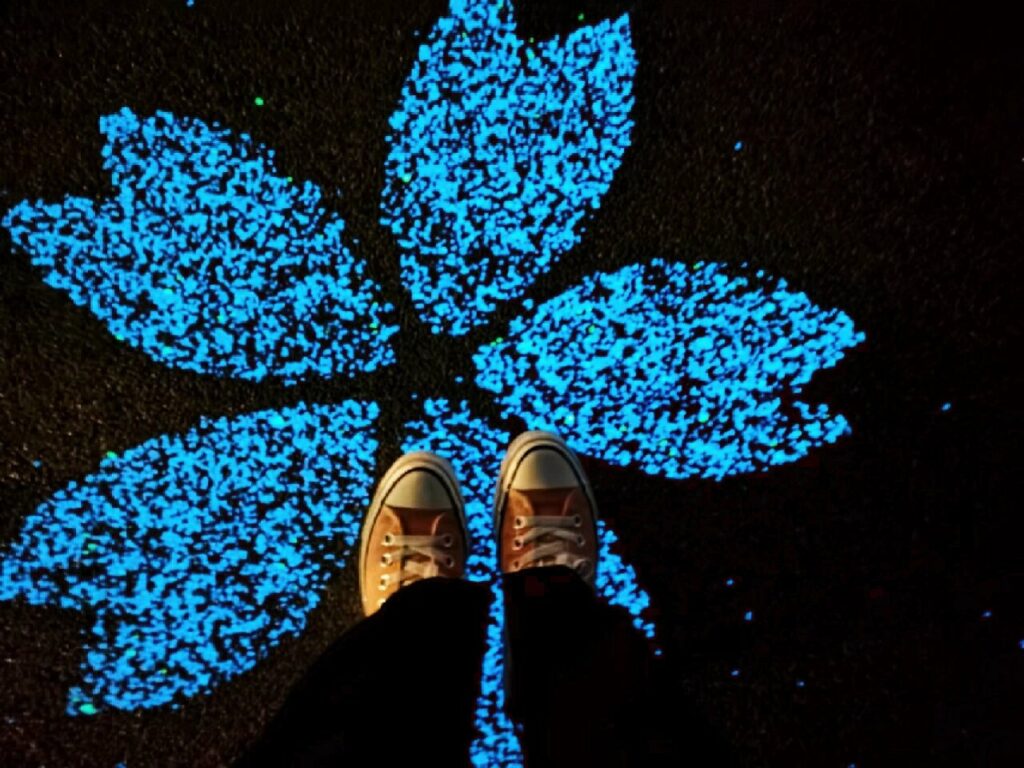
These mesmerizing stones, known as glow in the dark stones, are crafted by combining glow in the dark powder with transparent resin or glass, subsequently broken down into various sizes. However, solely using luminescent stones results in diminishing glow as night progresses. To counteract this, we recommend integrating ultraviolet (UV) lights as supplementary lighting for the pathway. A brief exposure of 1-2 minutes to UV lights recharges the stones, sustaining a luminous effect even after an hour, when the glow naturally decreases to about 10%.
Market-available glow in the dark stones are primarily made from two materials: resin and glass. Despite resin’s initial higher brightness, its lack of weather resistance leads to discoloration and diminished glow over time, especially in outdoor environments. Glass stones, however, boast longevity thanks to their anti-aging and UV-resistant properties, making them the preferred choice for outdoor projects. Our consultations for lighting designs are thorough, encompassing project specifics such as location, scope, and intended outcomes. We tailor lighting solutions to client needs, considering aspects like voltage, energy efficiency, solar power, and smart technology integration.
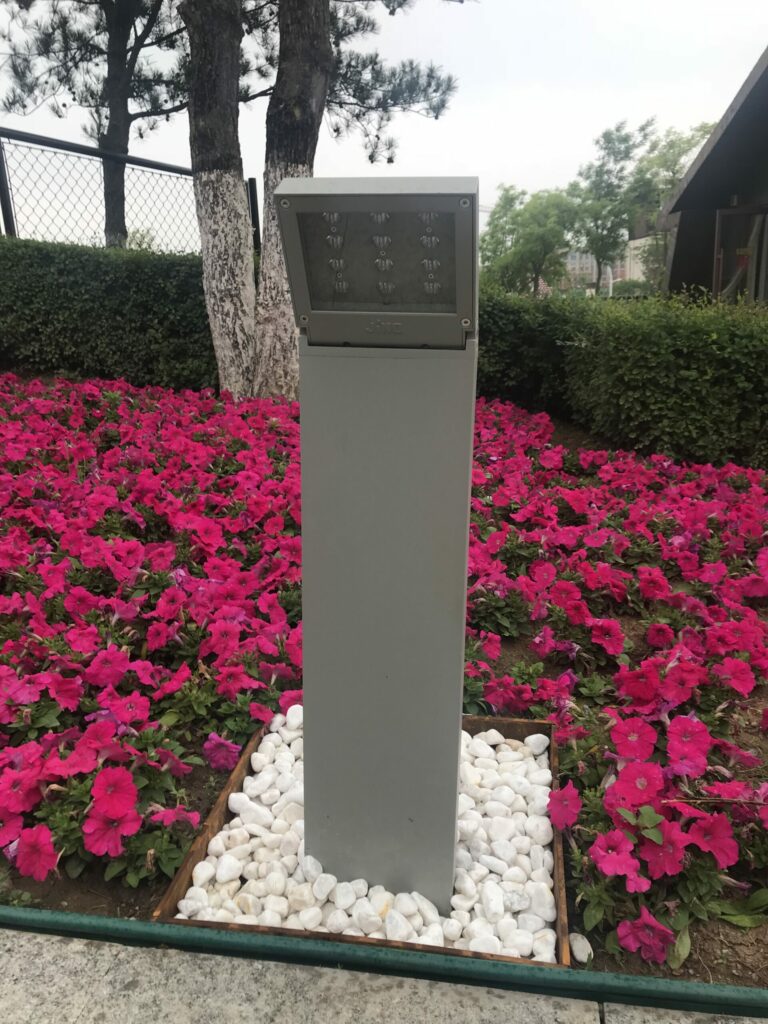
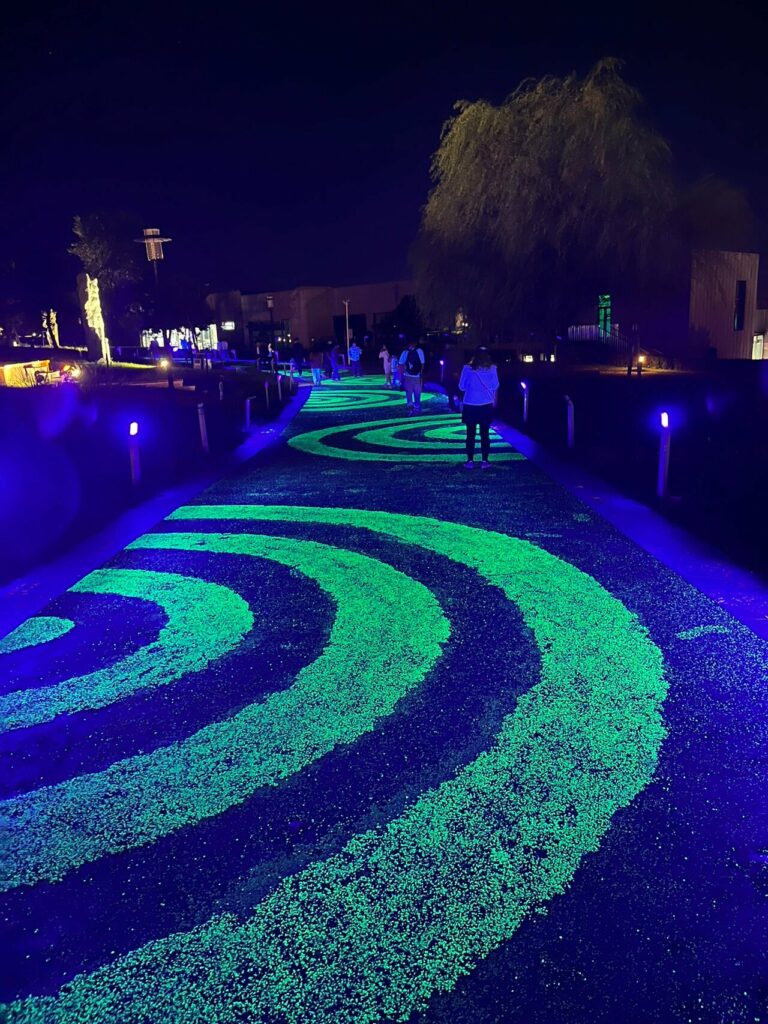
Amidst a growing global emphasis on environmental stewardship, adopting glow in the dark materials is more than an aesthetic choice—it’s a commitment to sustainability. These non-toxic, harmless, and energy-efficient materials not only reduce carbon emissions but also transform nighttime spaces into safer, magical realms without the high maintenance costs, further cementing their appeal and utility.
You Might Also Like

